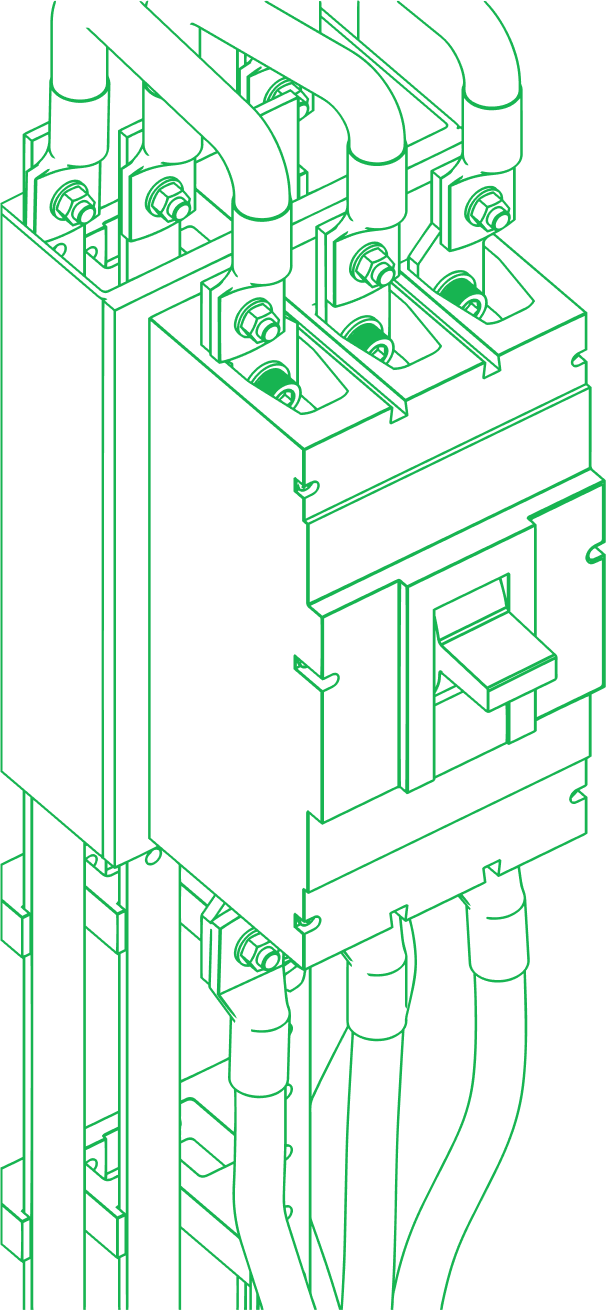Table of Contents
The next time you go to an amusement park, take note of just how many different types of people are being catered to.
When it comes to rides, there are roller coasters that seem to be taller than a mountain, but also slow rides that even great grandma can enjoy. If you’re hungry, there are sit-down restaurants with servers, mobile carts offering grab-n-go popcorn, and every option in between. Entertainment offerings include mid-morning parades for those who want to come and leave early, and late night fireworks for those who like to be the last to go home.
The point is, the creators of these parks understood that not all of their customers would be the same. They realized there would be a diversity of wants and needs. An amusement park that only catered to, for example, 30-45 year olds who wanted sit down restaurants, slow rides, and early nights, would not last very long. To be successful, an amusement park needs to offer a variety in all of those categories in order to create more personalized experiences for all.
Amusement parks really are a crash course in Customer Segmentation 101.
TL;DR: Segmentation Fuels Smarter Growth
-
Not every customer is worth the same time or budget
-
Segmentation helps you prioritize and personalize
-
Smaller, high-value groups often outperform broad audiences
-
Great segmentation aligns with data, not just gut
-
RevOps makes segmentation repeatable and revenue-focused
Pull the right lever, grow faster.
Grab The BowTie Model to see which revenue lever drives your goals—and how to pull it.
What is Customer Segmentation?
Segmentation is the process of breaking your audience into specific groups based on meaningful traits, ensuring your marketing strategies align with the needs of your target audience.
Some segments will be huge, others tiny. Some will be your biggest spenders, others just casual browsers. The key is knowing who’s worth your time and budget.
Bigger Isn’t Always Better
Just because a segment is large doesn’t mean it’s profitable. A group of 100,000 people with low purchase intent is less valuable than a niche audience of 5,000 who buy frequently and spend big.
What are the Benefits of Customer Segmentation?
If you’re going to put in a lot of time and effort into a project, you want to see results. When it comes to segmenting customers, the amount of legwork involved is greatly outweighed by the benefits.
- Loyal customers spend more – It’s 5 to 25 times cheaper to keep an existing customer than acquire a new one.
- More efficient marketing – Stop wasting money on people who will never buy.
- Better product development – You’re not guessing what customers want; you know.
- Higher revenue – The more targeted your approach, the more sales you close.
Very simply:
- Customer segmentation = customer retention
- Customer retention = doing RevOps well
- Doing RevOps well = your business thrives
Segmentation without strategy is just data.
RevPartners’ Fractional RevOps Services help align your sales, marketing, and CS teams around revenue-driving segmentation strategies, while Allbound Marketing ensures you're reaching the right customers at the right time.
In addition, segmentation allows you to understand the value of each customer group. As previously mentioned, it’s important to understand that larger groups are not necessarily more profitable. Smaller segments allow for deeper analysis of a group’s tendencies, enabling you to allocate resources accordingly.
Understanding types of customer segmentation can help a company identify new business opportunities and make strategic decisions about products or services based on customer data.
What are the 6 Main Customer Segmentation Models?
Every business is different, but segmentation typically falls into six main buckets.
Demographic Segmentation: The Basics
What it is: Categorizing people by age, gender, income, education, job title, etc.
Best for: Businesses selling mass-market products (retail, B2C SaaS, etc.).
Watch out: Just because a customer can afford something doesn’t mean they will buy it.
Behavioral Segmentation: What They Do, Not Who They Are
What it is: Grouping customers based on their actions: purchase history, brand loyalty, product usage.
Best for: Any business that sells online or tracks engagement data.
Watch out: Actions change over time. If you’re not updating your segments, you’re selling to ghosts.
RFM Analysis: Your Revenue Power Players
What it is: A subset of behavioral segmentation that tracks Recency, Frequency, and Monetary value (a.k.a. who buys the most, the most often).
Best for: Companies that want to focus on high-value customers instead of chasing cold leads.
Watch out: A high spender today doesn’t guarantee they’ll buy tomorrow. Keep nurturing.
Geographic Segmentation: Location, Location, Location
What it is: Sorting customers by where they are: city, state, country, climate, etc.
Best for: Companies with region-specific products (think: winter jackets in Canada vs. beachwear in Florida).
Watch out: Just because two regions are near each other doesn’t mean they have the same buying habits.
Firmographic Segmentation: B2B’s Best Friend
What it is: Like demographics, but for companies—industry, company size, revenue, HQ location.
Best for: B2B businesses that sell to other companies.
Watch out: A company may look like your ideal customer, but if they don’t have budget or buy-in, they’re dead weight.
Disconnected data leads to bad segmentation.
RevPartners’ HubSpot Integrations and HubSpot Migrations sync all your data sources, ensuring you accurately segment your best-fit accounts.
Psychographic Segmentation: The Mindset Model
What it is: Categorizing customers by lifestyle, values, interests, and personality traits.
Best for: High-involvement purchases where emotions matter (luxury brands, health & wellness, etc.).
Watch out: This type of segmentation is hard to quantify, you’ll need surveys and customer research.
Want to manage HubSpot yourself?
Our HubSpot DIY guides show you how to segment your audience, run surveys, and build data-driven campaigns—without outside help.
Customer Segmentation Takes Commitment
In the world of business and marketing, there are certain tasks that only need to be completed once; from there you can just automate the process or use the same template over and over. Easy.
This isn’t one of those things.
Customer segmentation is an ongoing process. As your business grows and evolves, so will your customers. As such, it's essential to regularly review and update your segments to ensure they are still relevant and accurate.
Build a segmentation strategy that scales.
RevPartners’ HubSpot Onboarding and HubSpot Technical Consulting services set up the right workflows, automation, and reporting in HubSpot to track and adjust customer segments as your business evolves.
Customer Segmentation for the Win
If you’ve ever been to a crowded amusement park, you’ve witnessed the power of customer segmentation first hand. If you're envious of the idea of people standing in line just for a chance to use your product, then learn how to target the wants, needs, and interests of a variety of different groups all at once.
By targeting potential customers with a customer segmentation strategy, you can create personalized campaigns that align with their pain points and drive stronger engagement. This can lead to higher conversion rates, a better customer experience, and ultimately, more revenue for your business.
Want to learn the blueprint to optimizing revenue?
Download our whitepaper on the 4 levers of revenue growth
.png)



.png)
